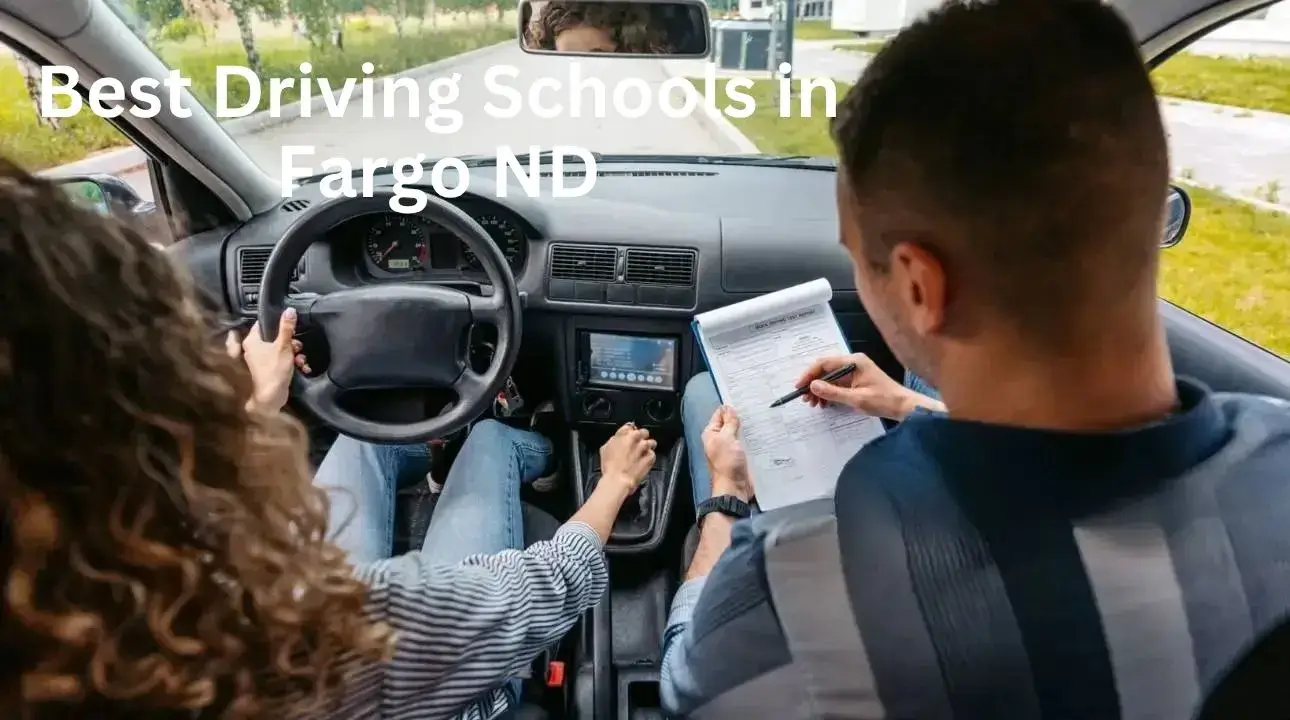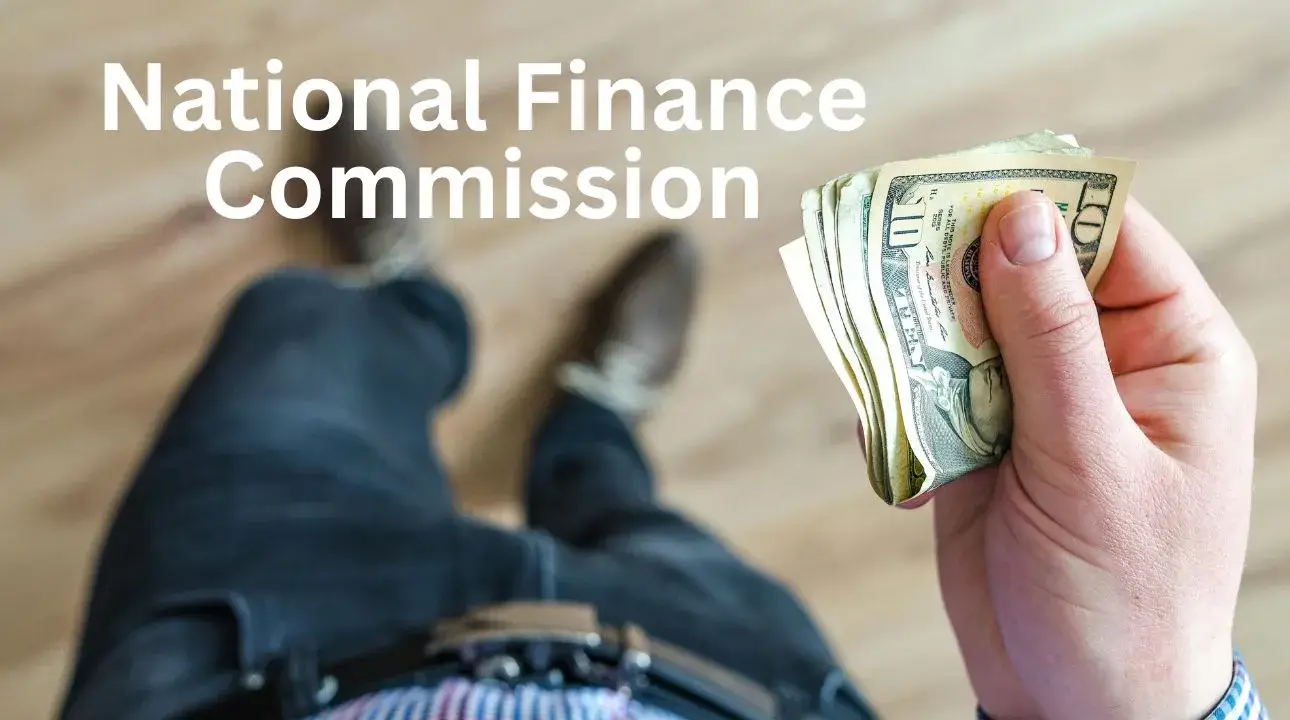Introduction — Why I’m Telling You This
I still recall the day I learned about the Academy for Educational Development. I had been seeking a means of improving teaching for kids in poor communities. What I found altered everything. Education is not schools and textbooks. Education is access. The Academy for Educational Development, or AED for short, showed me that in a new light.
➡️ If you’re thinking about advancing your career in education, you may also want to check out my guide on What Is the Abbreviation for a Master’s in Education? Let Me Break It Down for You — it’s a helpful step if you’re considering higher studies.
In this article, I will let you know what the Academy for Educational Development is, why it matters, how it benefits, and what you can learn from it. This is from a person who learned about how this organization impacts the real world. So, let us begin.
H2: What is the Academy for Educational Development?
The Academy for Educational Development was a Washington, D.C.-based non-profit organization. It sought to address social issues through education, health, and economic development. Established in 1961, AED operated in the United States and over 150 countries to foster positive change through learning and development activities.
It was not merely a matter of opening schools or putting out books. It was a matter of designing comprehensive programs for the good of communities — from enhancing children’s learning in the classroom to improving public health, training youth skills, and training teachers across the world.
FHI 360 assumed AED’s projects in 2011 and continues to manage them to date.

H2: Why the Academy for Educational Development Matters
Education is not just something that takes place in schools. It touches all aspects of life. That is where AED was unique.
They tackled major issues — including learning differences between genders, education for health in poorer countries, and helping young people learn the skills they need to qualify for work. To me, a person working in places where good education is hard to find, AED’s way of doing things was a blueprint to follow.
Rather than simply providing money or resources to fix an issue, they designed intelligent, sustainable solutions that took everything into account. I think most education systems these days lose sight of this.
Most Significant Advantages of the Academy for Educational Development
Now what was so unique about AED? Here are some actual strengths I saw from what they were doing and learning from it:
- Community-First Approach
AED did not attempt to correct from the outside. They collaborated with teachers, parents, and local leaders so that they could ensure that the solutions were effective for the individuals involved.
- Focus on Lifelong Learning
They not only served children — they also taught adults on-the-job skills, provided health education, and helped with job training.
- Support for Girls and Women
A great deal of what they do is getting more girls into school and keeping them there — something that will transform communities forever in the long run.
- Partnerships That Made a Difference
AED collaborated with big international groups such as USAID, the World Bank, and local governments. That implied their programs received assistance and could impact more individuals.
Common Misunderstandings or Mistakes
Come on now — most people believe that institutions like the Academy for Educational Development just conduct studies or drag their feet. That used to be my own perception. But when I took a closer look, what I saw were individuals who were all about doing and taking action.
Others believe that these organizations only work for poor nations or faraway places. But AED also implemented numerous programs in the United States, assisting low-income schools, providing after-school education support, and promoting healthy young people’s development.
Real-World Examples of Impact
The following are some real programs that indicate the impact of AED:
- YouthNet Program
AED spearheaded YouthNet, a campaign that promoted healthy behavior among youth — to avoid HIV. It was not just about health — it was about empowering youth with the confidence to make healthy choices.
- World Learning Site
AED launched this website in order to unite teachers and educators all over the world. It allows them to share resources, connect with each other, and enhance their skills. Think of how much it has helped teachers in rural regions!
- EDC and AED Collaboration
In other parts of Africa, AED and EDC collaborated to develop radio learning programs for out-of-school children, particularly in times of emergencies. It is this type of flexibility that made AED stand out.
How to Start with AED’s Legacy Today
Although AED is now part of FHI 360, its essence is still there. If you would like to learn about the work that they did — whether you’re a teacher, policymaker, or simply someone who cares — here’s how you can get involved:
- Visit FHI 360’s Website
Begin with looking into their existing programs. They are largely of the same kinds as those AED undertook — long-term, community-based, and educative.
- Volunteer or Apply
FHI 360 employs teachers, researchers, writers, and many more. If you are committed to global development, then this is a working environment where your labor matters.
- Learn from past projects
You can look up AED project reports, success stories, and toolkits online. These come in handy if you are creating your own training modules.
My Last Thoughts — Why AED Continues to Inspire Me
In short, learning at the Academy for Educational Development taught me how much you can do when you combine education and care. It’s not just about knowledge and facts. It’s really about improving people’s lives. I keep thinking about AED’s model when I must assist children to learn better or support young people who feel stuck. Their work shows us that with the right mix of care, planning, and community focus — we can actually create a world in which every individual has an equal chance to learn and develop. And that’s something that we all need to have more confidence in.
Frequently Asked Questions (FAQs)
The AED officially merged into FHI 360 in 2011. But their mission and many of their programs are still active today under FHI 360.
AED supported school improvement, youth development, literacy programs, and after-school learning in several low-income communities across America.
You can volunteer, donate, or apply for roles with global nonprofits like FHI 360. You can also use AED’s free online resources to improve education in your local area.



